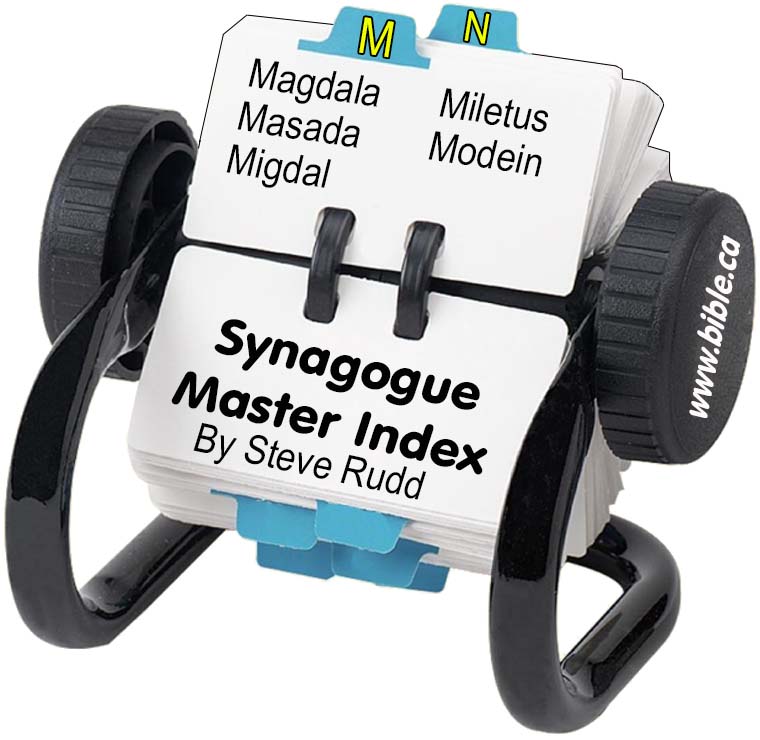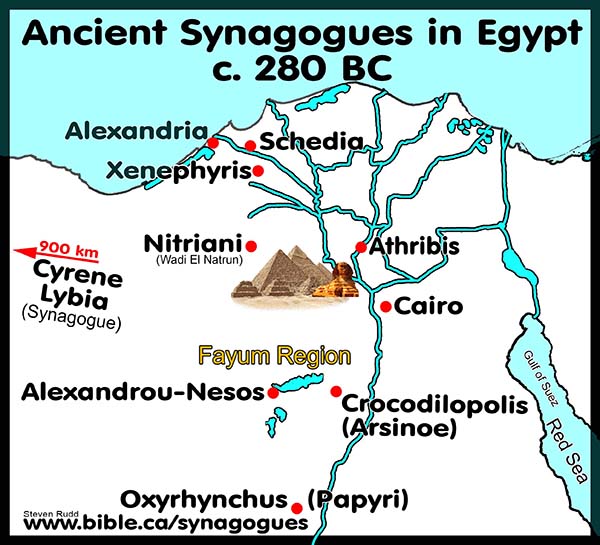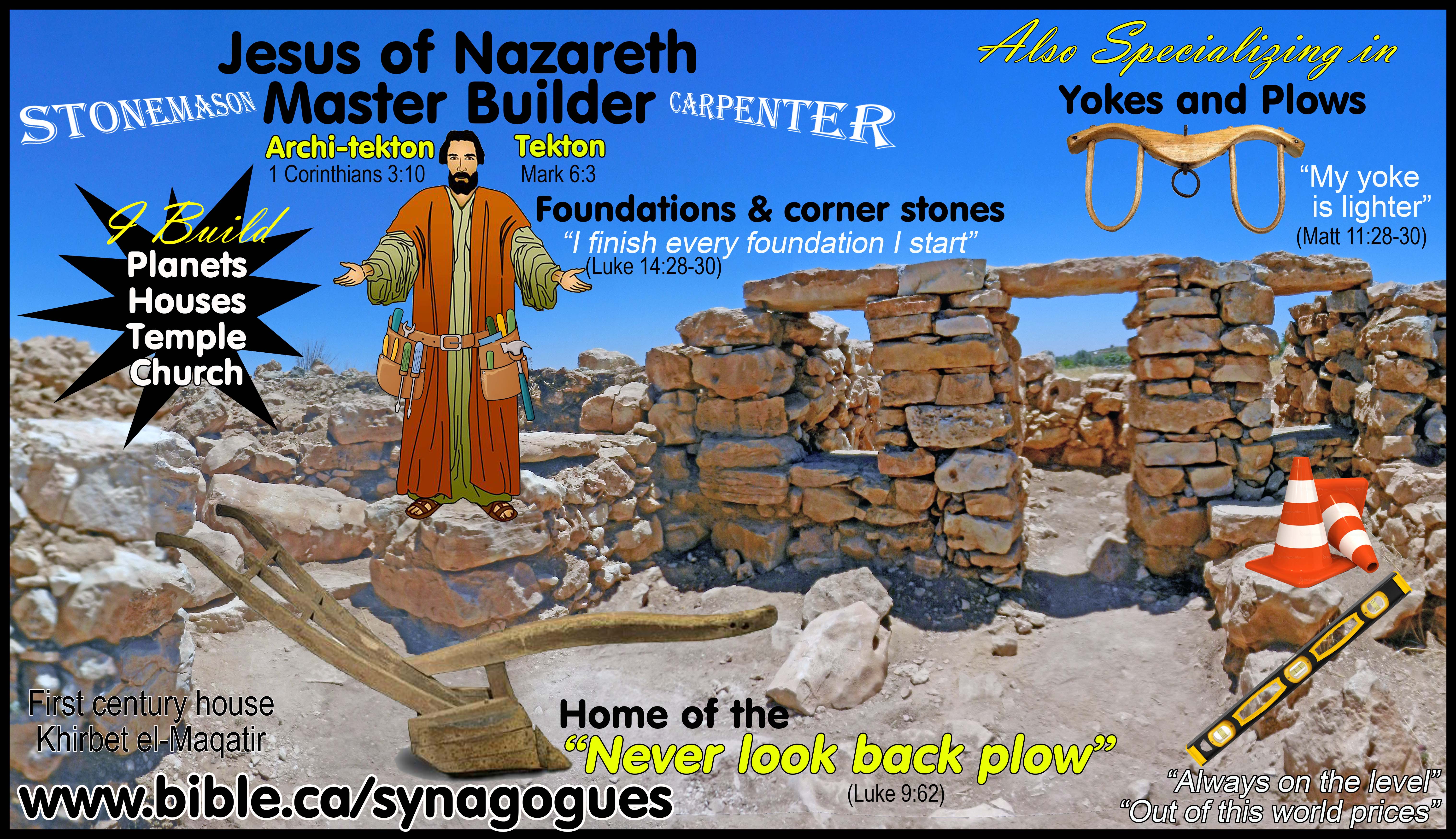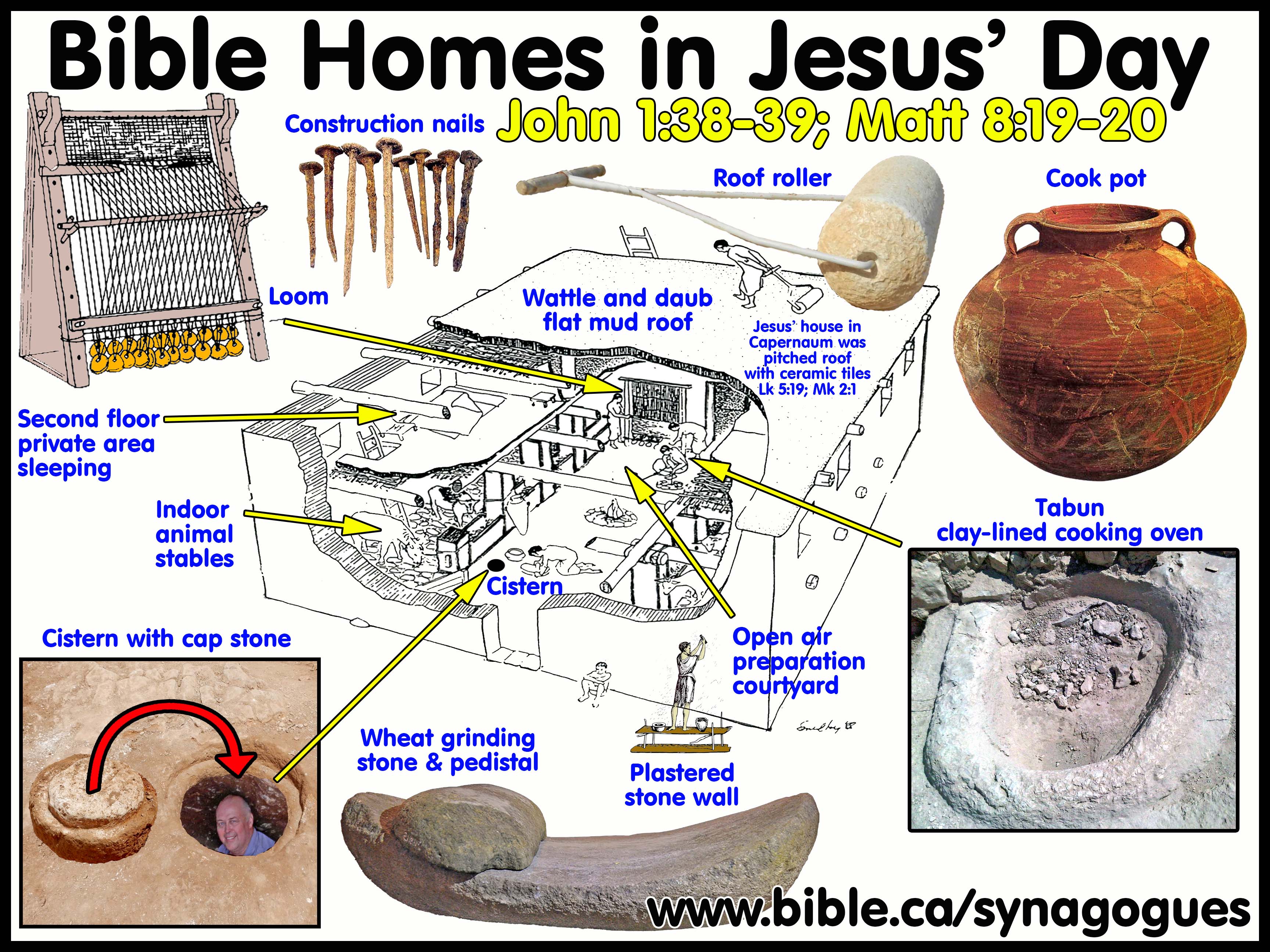“Synagogue Occupation date” [SOD] computation system
“SOD”
Oldest Second Temple Synagogues in the world before 70 AD
“Archeology is an incomplete and flawed science when its conclusions are isolated from literary sources.” (Steven Rudd, 2017)
“Every time you stick a shovel in the ground in Israel, you dig up a Bible story” (Steven Rudd, 2017)
“Archeology without a Bible foundation is just a pile of worthless sand.” (Steven Rudd, 2017)
“What you read in THE BOOK you find in the ground.” (Steven Rudd, 2017)
Occupation date = Excavation date + Inscriptional date + Literary date
A. Current occupation dating systems are incomplete, short-sighted and unprofessional:
1. It is both short-sighted and unprofessional to date the occupation of an historic synagogue based solely upon the conclusions of an archeological report because “absence of archeological evidence is not evidence of absence”.
2. Archeologists know first hand the limitations of professional three dimensional excavations.
3. Archeologists routinely ignore inscriptional and literary evidence of actual synagogue occupation.
4. For example, no one questions that Solomon built a temple in Jerusalem in 966 BC, even though there is zero direct archeological evidence for it. Like wise with the exodus route.
B. Here are six examples to illustrate the new occupational dating system which should be adopted in all universities:
1. Capernaum in Judea: 30 AD: The “excavation date” of Capernaum is anywhere from 50 – 500 AD, depending upon the opinion of the archeologist. There is no “inscriptional date” because no synagogue inscriptions have been found. The “literary date” is 30 AD, since the New Testament has Jesus teaching in the Capernaum synagogue. However it is almost certain that such a major synagogue dates back to the early Hasmonean period (150 BC). We stick strictly with the three tangible evidences (excavation + inscriptions + literature) and set the occupation date to 30 AD. This gives us an occupation date of 30 AD for Capernaum.
2. Modein in Judea: 132 BC: The “excavation date” of Modein is 220-110 BC, depending upon when the building was first used as a synagogue. There is no “inscriptional date” because no synagogue inscriptions have been found. But we have an “literary date” of 132 BC from 1 Maccabees 2:1 and Josephus Antiquities 13.210-212 which state that Modein was the home town of the Maccabean dynasty and the family burial town that consisted of seven pyramid monuments (none have been found archeologically). Based upon inference, it is unthinkable that the founders of the zealot and rebel movement would not have built a synagogue in their own home town. This gives us an occupation date of 132 BC for Modein.
3.
Sardis in Asia: 49 BC: The “excavation date” of Sardis is no
earlier than 17 AD because that is when the structure was (re)built and
excavators set on occupation range between 250 AD to as late of 500 AD. There
is no “inscriptional date” because no synagogue inscriptions have been found.
The “literary date” is before 49 BC because Josephus,
Antiquities 14.259-261 specifically describes the Sardis synagogue in the
second decree of 48 BC. However it may have been founded as early as 220 BC. This gives us an occupation date no later than 49 BC for
Sardis.

4. Schedia in Egypt: 240 BC: There is no “excavation date” or “literary date” of Schedia because no synagogue ruins have been excavated and no literary sources mention it. However a synagogue dedication inscription was found in Schedia that dates to 240 BC. This gives us an occupational date of 240 BC for Schedia.
5. Athribis in Egypt: 194 BC: There is no “excavation date” or “literary date” of Athribis because no synagogue ruins have been excavated and no literary sources mention it. However two synagogue dedication inscriptions were found in Schedia that date to 240 BC. One of these inscriptions says “the Jews of Athribis dedicated this synagogue (proseuche = house of prayer) to the Most High God”. This gives us an occupational date of 194 BC for Athribis.
6. Antioch in Pisidia: 45 AD: There is no “excavation date” or “inscriptional date” because no synagogues have ever been found in these cities. The New Testament records that on Paul’s first missionary Journey in 45 AD, “Paul arrived at Pisidian Antioch, and on the Sabbath day they went into the synagogue and sat down. After the reading of the Law and the Prophets the synagogue officials sent to them, saying, “Brethren, if you have any word of exhortation for the people, say it.” (Acts 13:14-17). On the basis of this “literary source” alone (Bible), the “occupation date” is no later than 45 AD. God said it. I believe it. That settles it. There was a synagogue at Antioch based upon the “inspired” [lit. God Breathed] Bible alone. We would not have this same level of confidence with Josephus because it is merely the work of a flawed man. There are no historical errors in the Bible. This gives us an occupational date of 45 AD for Pisidian Antioch.
By Steve Rudd 2017: Contact the author for comments, input or corrections
|
Jesus your messiah is waiting for you to come home! |
|
|
Why not worship with a first century New Testament church near you, that has the same look and feel as the Jewish Synagogue in your own home town. As a Jew, you will find the transition as easy today as it was for the tens of thousands of your forefathers living in Jerusalem 2000 years ago when they believed in Jesus the Nazarene (the branch) as their messiah. It’s time to come home! |
|
By Steve Rudd: Contact the author for comments, input or corrections.
Go to: Main Ancient Synagogue Start Page










